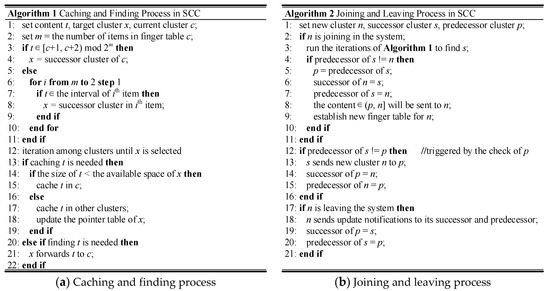Cognitive Science Jose Luis Bermudez Pdf Merge
PDP: Motivation, basic approach Cognitive psychology or “How the Mind Works” Information processing Perception / sensationAction Transformations Mental representations Key questions: What are the mental representations? What are the transformations and how do they work? Where do these come from? Answers circa 1979 Mental representations are data structures (symbols bound together in relational structures) “Transformation” processes are rules, like the instructions in a computer program. The rules and starting representations are largely innate Learning is a process of building up new structured representations from primitives and deriving (and storing) new rules.

PS Seismic Attributes for Differential Compaction Features in Fluvial Channel Complex and Reef Carbonate Buildups: Case Study from Malaysia Basins, Nasaruddin B. Bicameralism is a hypothesis in psychology that argues that the human mind once assumed a state in which cognitive functions were divided between one part of the brain which appears to be 'speaking', and a second part which listens and obeys—a bicameral mind. The term was coined by Julian Jaynes, who presented.
Why were (are?) these ideas so appealing? EG modular, serial processing in word recognition Their application is highly intuitive, logical, maybe even obvious! Explain generalization / generativity, central to human cognition! EG: Today I will frump the car, yesterday I.______________ the car. EG: Colorless green ideas sleep furiously!
Can build mechanistic, implemented models of behavior Explains modular cognitive impairments! Pure alexia: Word representations gone! Prosopagnosia: Face reps gone! Category-specific impairment: Animals gone! Broca’s aphasia: Phonological word forms gone!
And so on So why isn’t this a class on symbolic cognitive modeling? W O R K EG: Today I will meep the car, yesterday I.______________ the car. Learning and development Cognitive impairments not so modular Pure alexia: Can’t see high spatial frequencies. Prosopagnosia: Abnormal visual word recognition.
Category-specific impairment: Can still name half the animals. Broca’s aphasia: Can still produce single concrete nouns, can’t do grammar. And so on But also Had a lot of Other Problems Some issues with modular, serial, symbolic approaches Constraint satisfaction, context sensitivity Quasi regularity Learning and developmental change Graceful degradation Rumelhart Brains are different than serial digital computers. Brain: Neurons are like little information processors They are slow and intrinsically noisy but there are many of them and they behave in parallel, not in serial. It turns out that noisy, parallel computing systems are naturally suited to some of the kinds of behavioral tasks that challenged symbolic theories of the time. In other words Rather than thinking of the mind as some kind of unconstrained “universal computer,” maybe we should pay attention to the kinds of computations a noisy, parallel, brain-like system can naturally conduct. Paying attention to the implementation might offer some clues about / constraints on theories about how the mind works.
Added bonus: Such theories might offer a bridge between cognition and neuroscience! Download Will You Marry Me Jason De Rulo.



